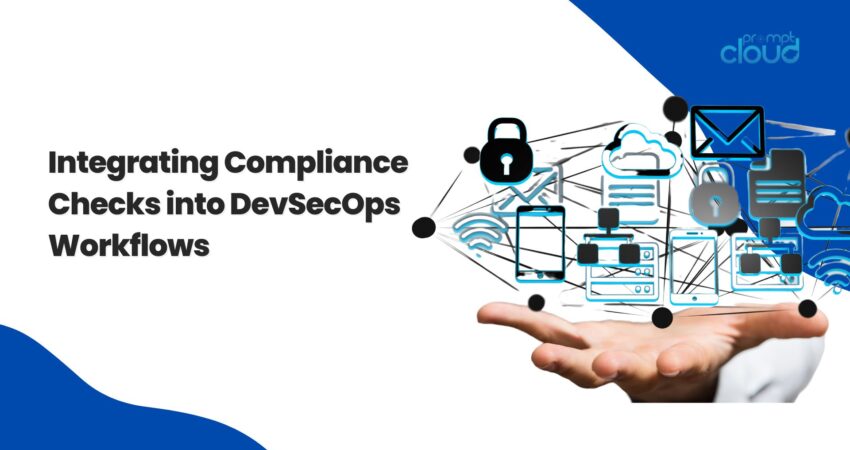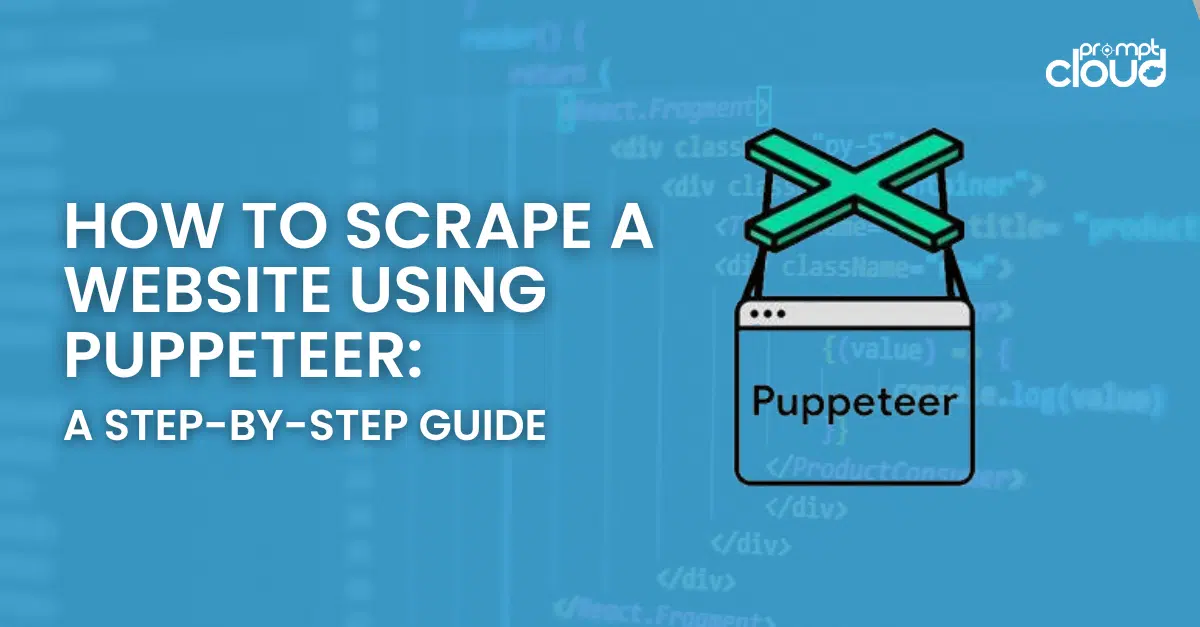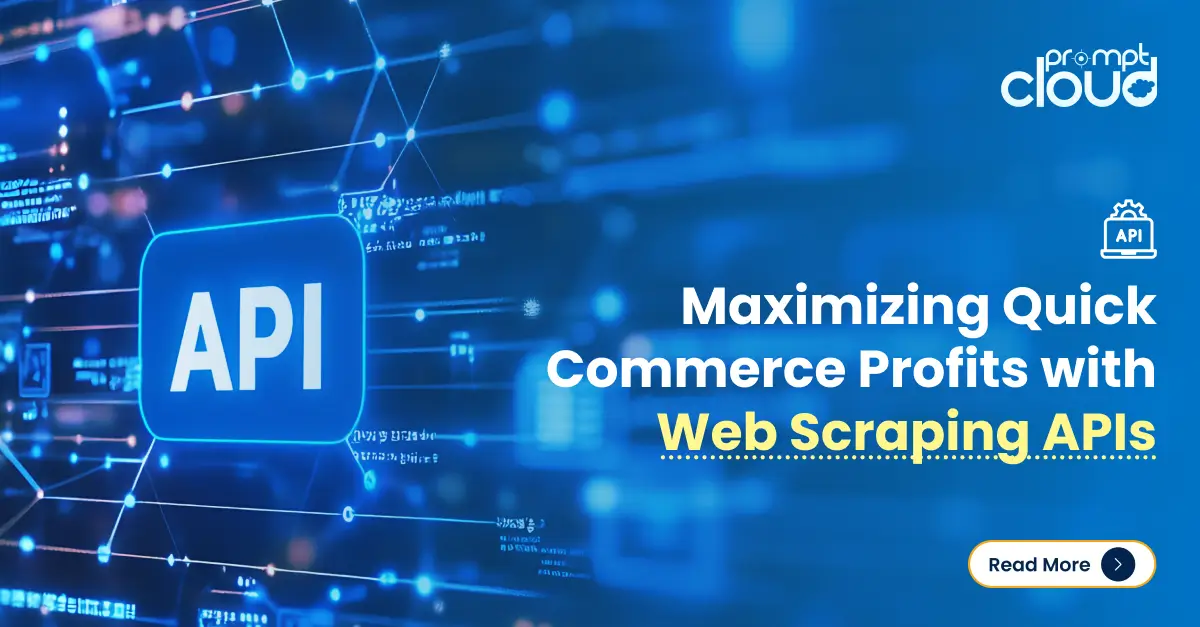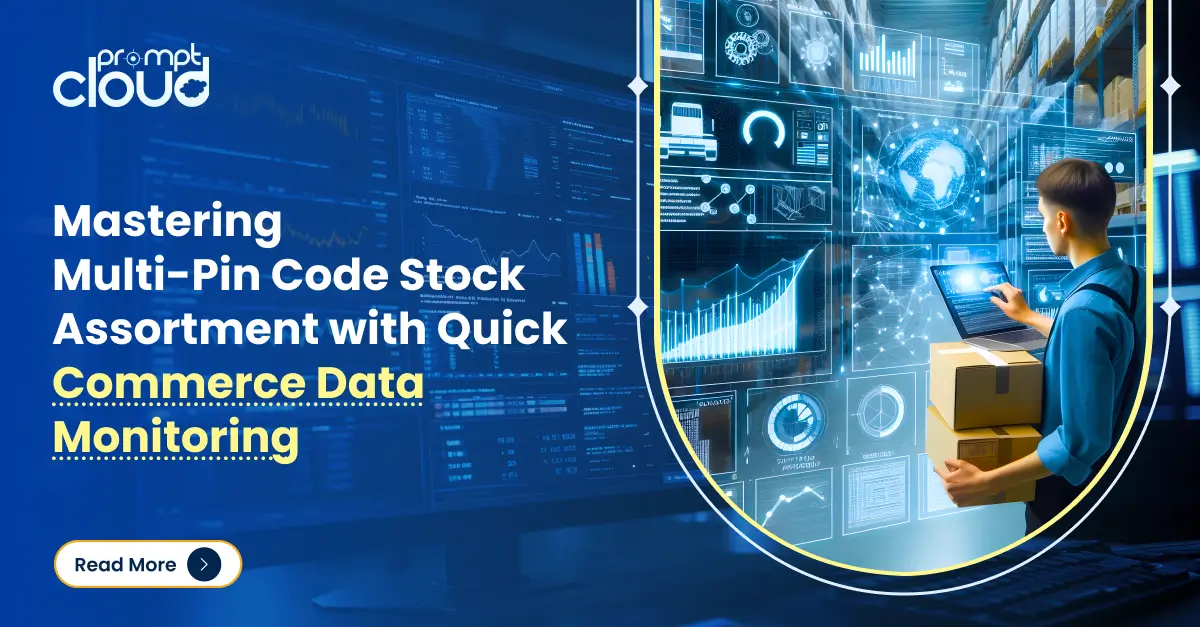
A healthy DevSecOps pipeline integrates security protocols and compliance checks in every development phase. Software design teams integrate these checks in the planning phase. They continually test the code and deploy security monitoring measures in the DevSecOps workflow.
This measure allows security to empower success in the process instead of becoming an obstacle. DevSecOps compliance is critical in every phase helping teams meet legal benchmarks. These legal standards ensure the software is not vulnerable to risks and breaches that could affect the company’s reputation.
Why compliance is important in DevSecOps workflow
Online security trends change and businesses that fail to adapt to new changes experience operational bottlenecks. Traditionally, observing DevSecOps best practices in the pipeline was optional. However, the changing security phases make it a must-have component in every development lifecycle. In the past, developers experienced fewer and easy-to-handle risks in the pipeline. Today, the need for compliance and proactive development safety is no longer negotiable. DevSecOps compliance ensures speed, safety, agility, and compacted collaboration in the entire workflow.
There are several DevSecOps examples development teams can look into to understand this process. For instance, the team may integrate a Firewall as a measure for intrusion identification. They may integrate SAST, DAST, or code composition analysis DevSecOps tools in development processes. Establishing a DevSecOps guide helps the team understand SDLC security needs and testing protocols. DevSecOps tools differ based on the security operations they are intended for. For instance, secret management tools manage security features while OWASP ZAP tests web app vulnerabilities.
Integrating AI and automation in DevSecOps workflow
AI and automation are not optional features in DevSecOps compliance best practices but necessity. Development lifecycles combine many components into one unit – from code to security, UX, UX, and data. Compliance checks should be continuously deployed, ensuring each load or unit is tested in real-time.
Without AI and automation, teams would be forced to implement manual tests and reporting. This approach consumes time, and teams can never rule out a series of errors. AI and automation speed up testing processes, remove errors, and enhance security in the lifecycle.
Secure DevSecOps workflow pipeline and framework
Your first thought of a smooth DevSecOps workflow should be securing the CI/CD pipeline and framework. Understand the vulnerabilities your team may experience throughout the different phases. For this to happen, understand the uniqueness and challenges of each phase. Create a strong security framework and DevSecOps best practices for each stage.
● Planning. Secure your development tools, devices, and collaboration frameworks. Having a secure environment from the start guarantees error-free and smooth processes.
● Designing and development. Secure your code sooner after designing the first script. Test each design layer added and choose the most relevant testing method.
● Testing. Secure APIs and implement the DAST framework to check vulnerabilities.
● Launching. Secure the company’s network, databases, and platforms. Test the implemented security frameworks to ensure they are working.
Deploy infrastructure as code
Manual configurations and processes have many setbacks because they are never perfect for secure DevSecOps workflow and compliance. Infrastructure as code allows teams to set up code within security frameworks to allow process automation.
This model empowers developers with more development, deployment, and scaling capabilities. The setup changes infrastructure, allowing the system to view it as security management software. This approach is important for effective cloud resources management.
Understand DevSecOps compliance guidelines and practices
An organization is declared compliant once verified to follow the laws and benchmarks. Some of these laws are never written but are based on integrity and being mindful of your trust. Nevertheless, there are many written laws and developers should understand them, the entities that write them, and their meaning.
For instance, HIPAA guides health data sharing and protection. SOC 2 guides on protocols for handling customer data. PCI-DSS guides on handling transactional data in payment systems. Understanding what each set of guidelines states and the impact of staying below the benchmark should be the priority of every developer.
Design your data governance strategy
All laws, protocols, and consequences defined in DevSecOps best practices are focused on data. Information, whether numerical, textual, or visual, should be protected. Failure to protect exposes it to all kinds of vulnerabilities. Data governance is compacted in all protocols and steps that ensure information safety.
These steps involve measures that ensure information is safe, usable, accessible, and compliant. Management best practices do not ignore any form of data, whether stored in the cloud, on-premises, or on remote servers. It covers best practices for gathering, transporting, and storing information. Involve your team in building strong governance frameworks within your DevSecOps workflow.
Start the earliest
DevSecOps best practices use the shift left principle, ensuring testing and secure frameworks are in place sooner. This model was designed to make the SDLC security framework fundamental. Starting later than sooner means agreeing to leave security gaps that might become serious bottlenecks.
The day the development plan is implemented should be the day the security plan is launched. This sets the pace for vibrant DevSecOps compliance checks throughout the lifecycle. It sets that framework for continuous monitoring and collaboration with remote teams.
Conclusion
Strong security best practices go hand in hand with a smooth DevSecOps workflow. It does not start later but sooner or concurrently after the planning phase commences. Several considerations make DevSecOps compliance in SDLC possible, leading to happy teams and customers. AI and automation stand as the gate into this model, and the next in line is CI/CD. Deploy infrastructure as code and understand DevSecOps compliance guidelines and practices. Design your data governance strategy and implement it as soon as possible.




















